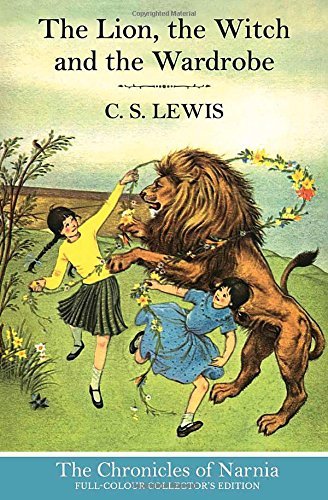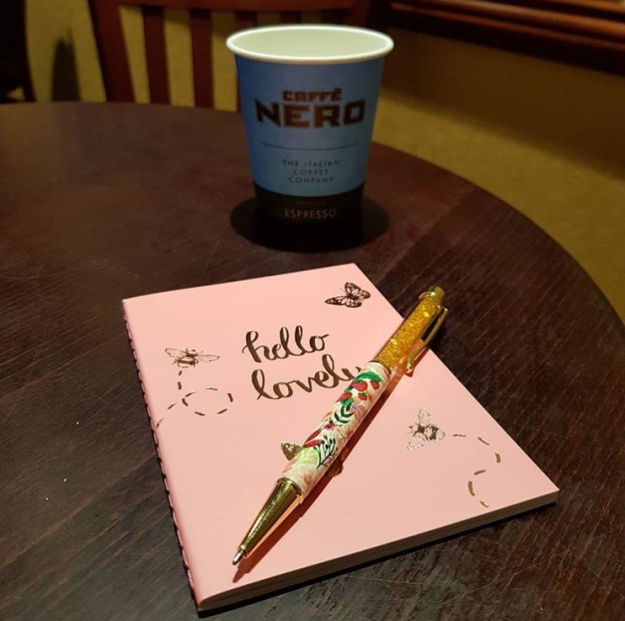Featured in my Research Secrets column this December is YA writer Jon Mayhew. He told me about the research that went into writing his supernatural adventure, Mortlock.

His initial idea came from a school production of Oliver.
I was watching the scene in which Oliver is ‘sold’ to Mr Sowerberry the undertaker and the phrase ‘undertaker’s mute’ was used. The idea of a child trudging behind funeral carriages all day intrigued me and I began to wonder what would happen if that child found that he could wake the dead. Alfie Wiggins was born and so the story began.
He spent time researching the streets of the Seven Dials in London to observe the Victorian architecture and recreate the atmosphere in his novel. A trip to Bamburgh Castle where he had the opportunity to view a funeral carriage, the Dee estuary and childhood memories of Liverpool all helped to create a realistic and evocative Victorian London backdrop.

His publisher, Bloomsbury needed Jon to check all the extracts from traditional ballads that preface each chapter were out of copyright. Even though Jon is well-versed in traditional music he was able to check the songs were in the public domain with a trip to the Vaughan Williams Memorial Library in London.
Jon’s advice to other writers is to enjoy your research but enjoy your writing more and don’t let any of those fiddly details get in the way of a good story. He said:
The research is important because it does give the book a sense of realism and it is easier to visualise characters and settings. I like to think of the research used in a book as the tip of an iceberg. Only a little of the research is actually relayed in the book but it’s there, lurking beneath the surface.
This particular interview was first published in Writers Forum in May 2010. You can read the full interview in the Dec 2018 #206 issue of Writers Forum.
You can find out more about Jon Mayhew and his books on his website: www.jonmayhew.co.uk of follow him on Twitter @MayhewJ






 When I interviewed Miriam for the blog she had just launched The Emergency Zoo, a novel which focuses on a little known fact that during WWII there was a huge culling of the pets. Her book asks:
When I interviewed Miriam for the blog she had just launched The Emergency Zoo, a novel which focuses on a little known fact that during WWII there was a huge culling of the pets. Her book asks:










